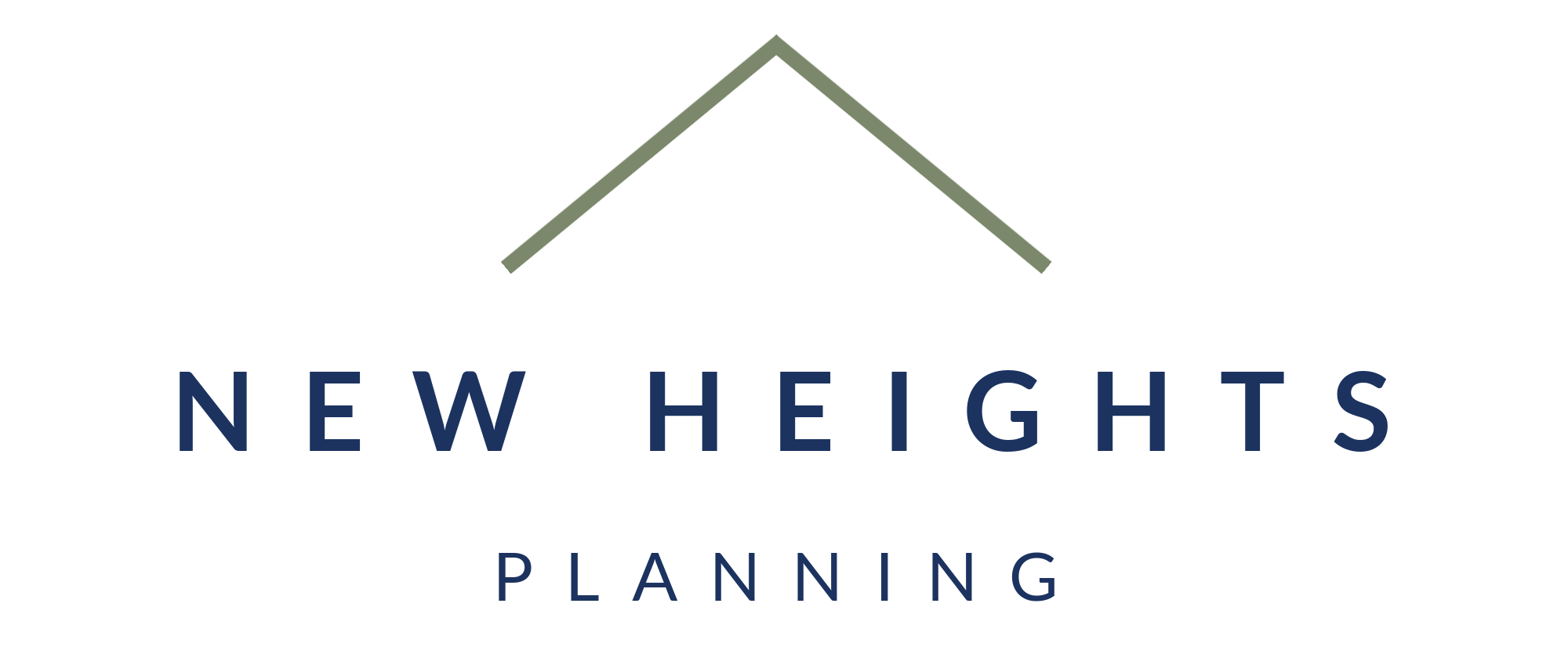Leaving Shell – Provident Fund 401(k)
Leaving Shell – PSP
Watch my video on the IRA Aggregation Rule to learn more.
Full Transcript:
What should I do with my Shell 401(k) when I leave Shell?
Let’s continue chatting about leaving Shell and discuss options for your Shell Provident Fund, your 401(k). Now, let’s start with some good news. Your contributions and Shell’s contributions are always 100% invested in your Shell 401(k). This means that money is yours to take with you. Now, of course, the bad news is most of this money is probably pre-tax, which means when you take it out, the government will want their share in the form of taxes.
Let’s talk about your options for your Shell 401(k). The default option is just to leave it where it is. When you leave Shell, if you don’t do anything, your Shell Provident Fund will just stay at Fidelity and it will remain invested in your current investment choices.
For many people, this is not a bad option and may be the right choice. Shell has a low-cost plan and really good investment options. Now by doing this, you also defer any taxes. So let’s talk about some other options. Of course, you can always cash out your 401(k), but this is likely the most costly option. When you take money out of your 401(k), you’re going to be hit with taxes. When you take your entire balance out, that may move you to a higher tax bracket, meaning you’re hit with even more taxes. And, of course, depending on your age and unique situation, you may also be hit with a 10% penalty. So, let’s not do this and let’s talk about some other options.
Now, another option is to roll it into an IRA. If you Google, What should I do with my 401(k)? This is what the internet will most likely tell you. For most Shell employees, in this case, the internet is wrong. Let’s talk about why. When you roll your 401(k) into an IRA, you effectively kill any ability to do a backdoor Roth IRA. I did a video on the IRA aggregation rule, and I encourage you to watch that if you want to know more about this. Additionally, you lose the ability to take the rule of 55. With your 401(k), if you leave Shell the year you turn 55 or later, you can access that money without the 10% penalty. Now, this only applies to your 401(k) and does not apply to an IRA. Many people will tell you you get better investments if you roll it to an IRA. Now, with Shell’s 401(k), you have the option to invest it through Fidelity’s BrokerageLink. So, for most cases, you can get the same investments that you would invest in your IRA within your 401(k). And lastly, let’s talk about ERISA. ERISA is the federal government’s plan that manages retirement plans. With ERiSA, you get a lot of protections in the unlikely event that you are sued. If you roll your 401(k) into an IRA you may lose these protections as now you’re looking at state rules. IRAs are not federally protected by ERISA, so this is likely not the best option for most Shell employees.
Of course, another option is rolling into your new 401(k) for this to be an option. You, of course, have to have a new job with a 401(k). Now, for most people, leaving it as is, or rolling into a new 401(k) is your best option.
Now, let’s talk about some things to consider before you leave Shell. With your 401(k). You want to look at your current contributions and understand if it makes sense to max it out early. This will, of course, depend on whether or not you have a new role coming up and whether or not that new role has a match and or waiting period. Additionally, I encourage you to review if you have an after-tax balance within your 401(k) before you leave. There may be some additional items you can do during this time period to really help your tax situation.
Now, I encourage you to review your unique situation with a trusted financial advisor because your 401(k) is likely 6 or 7 figures when you leave Shell. Also, I encourage you to continue to like these videos on social media and share them with your colleagues if you find them helpful.



